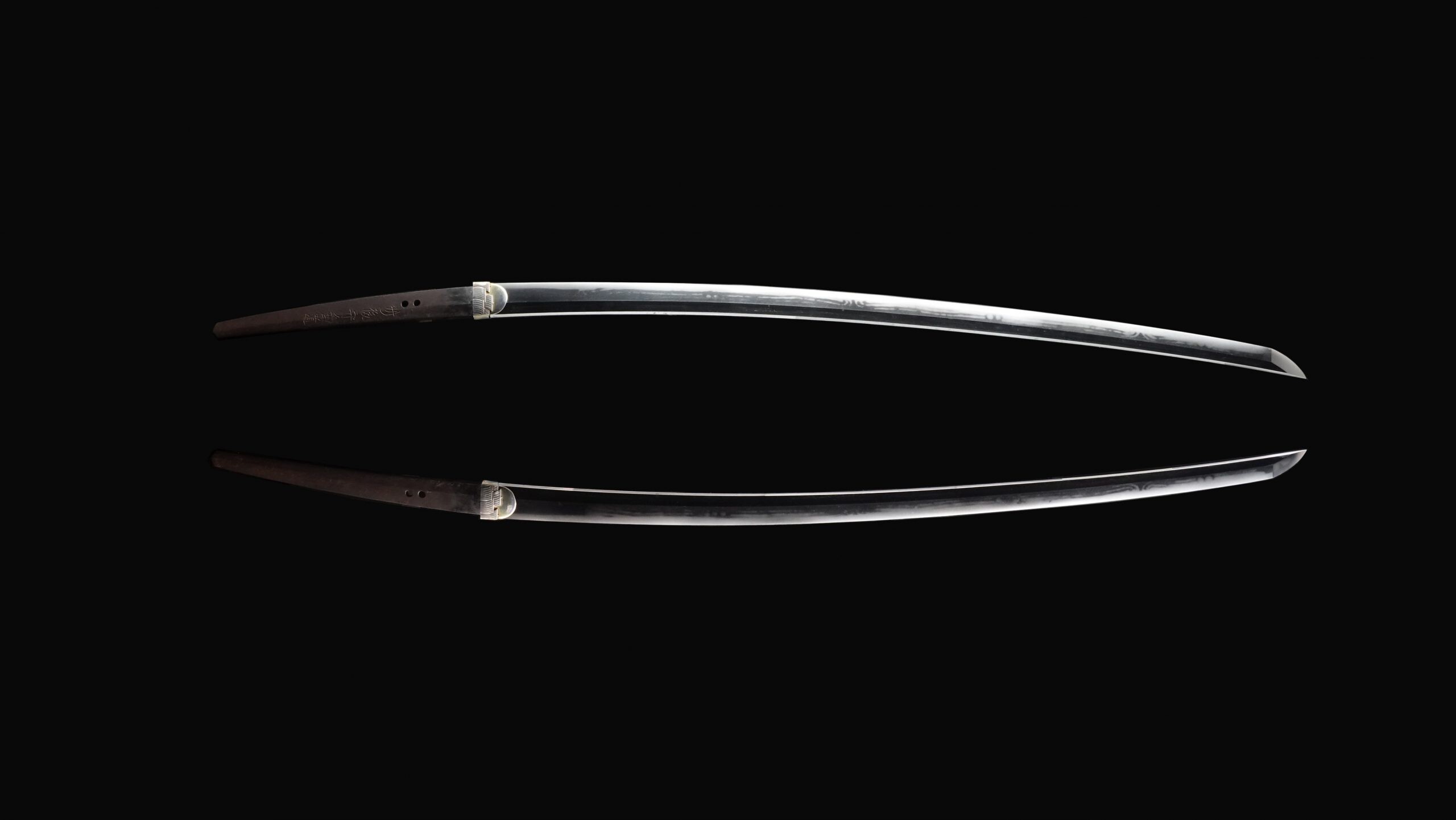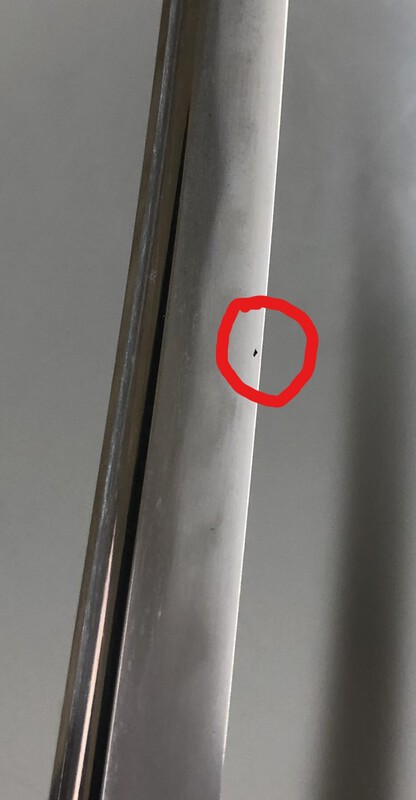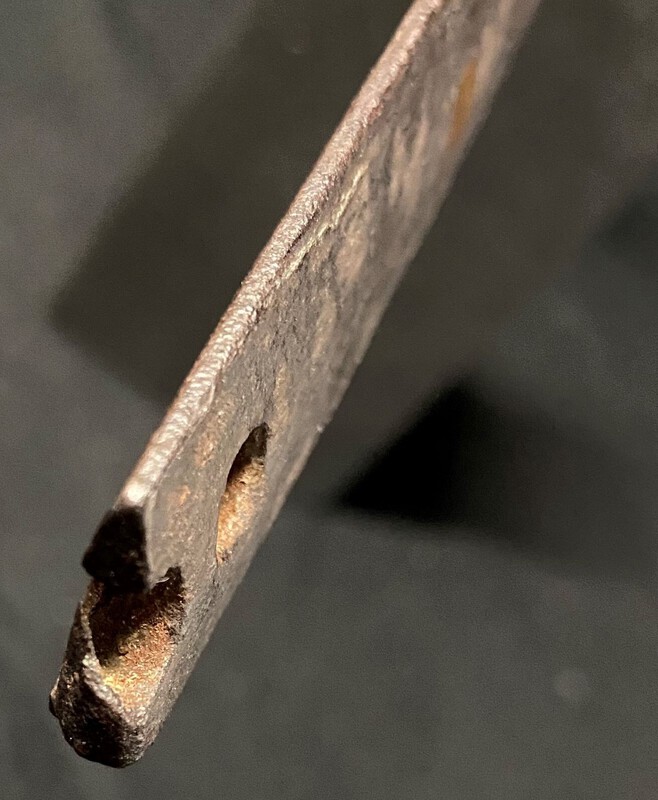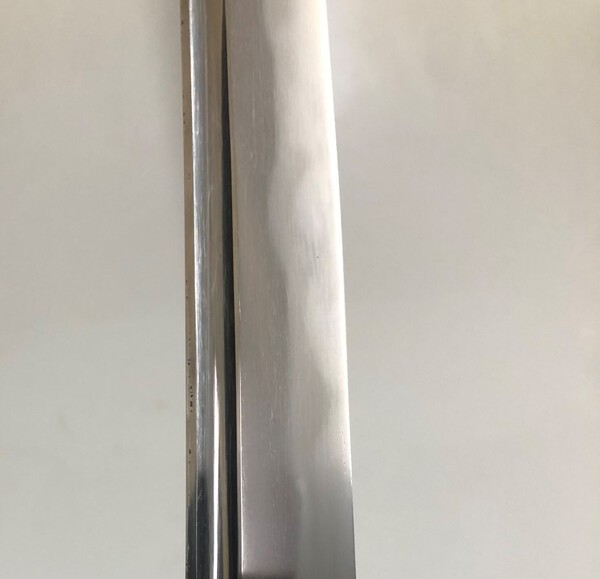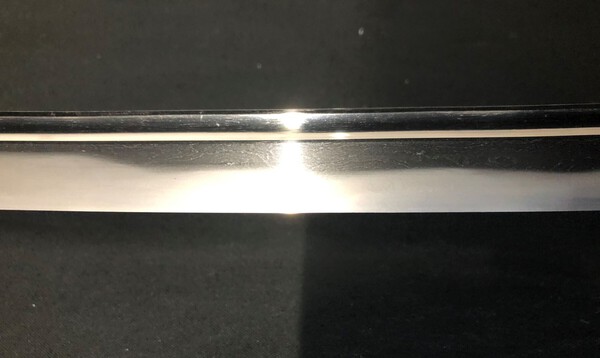-
Posts
20 -
Joined
-
Last visited
Content Type
Profiles
Forums
Events
Store
Downloads
Gallery
Everything posted by John F
-
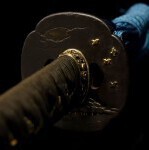
Advice on a potential purchase
John F replied to John F's topic in General Nihonto Related Discussion
Many thanks for the advice. I think most of the small kizu I would accept due to the age of the blade. The one below the Hamon line was the biggest concern. I had to make a decision today on this blade and I have decided to pass on it. It wasn't just the kizu but also the attribution and a few of the things that have come out in the course of this thread. I have told them that if they decide to send it to the NBTHK, I would be interested in the result and may change my mind in the future. At where I am in this hobby, I want to have more certainty of what I am buying and there were just too many question marks with this one. Thanks and much appreciation to everyone who offered their advice to me. I may not have gone through with this but I have learned a lot in the process. All the best, John -
Hi Matthew, I am also new to this so you will probably get much better advice from others. My only comments would be, if that is your budget try to get Tokubetsu Hozon rather than just Hozon. Jyumyo looks to be the school rather than an attribution to a particular smith. They have one on sale slightly cheaper than yours which has Tokubetsu Hozon, and another slightly more expensive. Also, for that period personally I would want it to have a signature. As I say, I am new to this too so this is just my personal opinion. All the best with your purchase, John
-

Advice on a potential purchase
John F replied to John F's topic in General Nihonto Related Discussion
@Jussi Ekholm Thank you for that very interesting information. I'm guessing that means it was originally made to be worn blade facing up? I'm also guessing this means there is a very high chance of the NBTHK coming back with a different attribution. I would be very interested to see what the NBTHK attribute it to, although it may just be a bit risky for me to take a punt on at this stage. I will see if I can convince them to send it to them before making a purchase. -

Advice on a potential purchase
John F replied to John F's topic in General Nihonto Related Discussion
Thanks for all the comments and advice so far. My only real concern with the sword is this little kizu (I believe it is called Uchikomi?) circled in red. I'm sure it looks a lot worse than it is since the photo is blown up. There is also some pitting towards the mune which is maybe kitae-ware? How badly do these detract from the sword? I only noticed them in the additional pics they sent though, they are not really visible in the marketing ones. From what I have read I believe these are not fatal flaws. I hadn't fully understood the difference between the different mei's we were discussing but this makes sense and explains why it is on the wrong side of the sword to what I would expect. Kind regards, John -

Advice on a potential purchase
John F replied to John F's topic in General Nihonto Related Discussion
@Jussi Ekholm @Geraint Here are some additional pics they have sent of the bottom of the Nakago-Jiri. And their comments are: When I saw the signature, it looks like Orikaeshi mei, you can see the turning part in bottom of Nakago. However, registration paper (Tourokusyo) says Tanzakumei. Kind regards, John -

Advice on a potential purchase
John F replied to John F's topic in General Nihonto Related Discussion
Hi Geraint, and apologies for my inexperience with this. I have tried to look up those terms and from looking at images I would struggle to tell which one is which. Below is probably the best picture I have showing the nakago jiro from each side, let me know if this gives a bit more insight: To me it doesn't look like the mei has been folded around, which is what it sounds like would refer to orikaeshi mei? The term tanzaku mei was one that the seller used to describe this and I will ask them the question in my next mail to them. If you could show an example of the angle of photo that would be most useful I can pass this on and get them to provide a similar picture. -

Advice on a potential purchase
John F replied to John F's topic in General Nihonto Related Discussion
Hi Jussi, and thanks for the welcome. I have this information on the measurements: Cutting Edge Length(Nagasa): 73.7 cm( 29.0 inches) Curvature(Sori): 2.7 cm (1.06 inches) Unfortunately I only have the pictures of the tang I have posted (or others taken from the same perspective). If you are referring to more of a cross section picture I can ask them to take one. -

Advice on a potential purchase
John F replied to John F's topic in General Nihonto Related Discussion
And these are some which highlight some areas I am wondering if I should be concerned about? Any advice on this would be appreciated: -

Advice on a potential purchase
John F replied to John F's topic in General Nihonto Related Discussion
Here are some additional photos they have sent through (they sent loads but I have tried to choose some of the best ones): -

Advice on a potential purchase
John F replied to John F's topic in General Nihonto Related Discussion
Thanks Michael. I have asked for some more photos and included a request for a close up of the mei so will post those when they send them through. I should have posted this photo earlier of the other side, I think it shows the blade in a slightly better light and you can see more detail in it: -

Advice on a potential purchase
John F replied to John F's topic in General Nihonto Related Discussion
I think it may just be the photos but I will ask for more in a different light. The comment I had from them was: "we find this blade aesthetically beautiful and in excellent condition". That is beautiful. Mark, thanks for posting that site. I hadn't come across it before, or the criteria set out quite so well. -

Advice on a potential purchase
John F replied to John F's topic in General Nihonto Related Discussion
This is quite important because I'm sure I read on this forum in another post, that it is acceptable for a Nanbokucho or earlier sword to be mumei and/or suriage but not nearly as desirable if it is a later Koto period? -

Advice on a potential purchase
John F replied to John F's topic in General Nihonto Related Discussion
Here are some more, I can always ask for additional pictures if there is anything else you would like to see: -

Advice on a potential purchase
John F replied to John F's topic in General Nihonto Related Discussion
Hi Ray, I believe you are correct. They have not received the certificate back yet (appraised in December) - Attributed to Bizen Osafune Tomomitsu (備前長船倫光). They have given the dates as 1362-1368 and mentioned him as apprentice to Kanemitsu, but have also mentioned the reference to Rintomo. I have made a mistake when looking it up by concentrating on the dates and reference to Kanemitsu, and not the kanji. Thanks for posting the correct reference. There is a Tomomitsu (備州長船倫光) credited with an Odachi listed as a national treasure, which looks to be the one in your reference? -

Advice on a potential purchase
John F replied to John F's topic in General Nihonto Related Discussion
Thanks to everyone for the advice, it has been very useful. Out of interest the current NTHK papers have attributed the sword to the following smith: -

Advice on a potential purchase
John F replied to John F's topic in General Nihonto Related Discussion
Hi Grey, Many thanks for your reply. They are happy to submit it to the NBTHK if I want but I believe they have used the NTHK because the turnaround is much quicker. Submitted in December and papers in January which means they can sell it faster. I have been told the NBTHK papers take over 6 months to turn around. After speaking to Mark and gaining a better understanding of what the papers mean, I have decided that if I proceed with it then I will get them to submit it to the NBTHK while it is in Tokyo. As you say, it's there and can be easily done so it makes sense and I don't mind waiting. Thanks for the replies. Kind regards, John -

Advice on a potential purchase
John F replied to John F's topic in General Nihonto Related Discussion
Mark, that is a very kind offer and I will take you up on it. PM incoming. -

Advice on a potential purchase
John F replied to John F's topic in General Nihonto Related Discussion
What would you like a picture of? I'm not asking for any advice on the sword, just advice on the papering of it, which is why I hadn't included pictures. I have attached two pictures. Let me know if you would like any others? -
I have found a katana which I really like and am thinking of purchasing. The tang is suriage and it has a tanzuka mei but it is unreadable due to age. It has an NTHK (NPO) Kanteisho Certificate attributing it to a smith, with a date of somewhere in the 1360’s. In reading these forums, it appears that the general consensus is that the NBTHK is slightly more respected and would hold more weight if I ever came to sell it. I have no plan on doing this but want to leave as many options open as possible. As it is still in Japan, is it worth having it sent to the NBTHK as well for papering? I am aware that they may attribute it to a different smith, but I would like to think it would be within the same era and school, or would I be mistaken? Once it leaves Japan I think this option will be lost as I can’t see myself trying to send it back there again. It would be great if they papered it to the same smith, but would having two sets of papers each pointing to a different smith cause more harm than good? There are plenty of threads discussing papers, but this question is more about getting different papers for a sword which already has papers, and I couldn’t find anything covering that. I am a bit wary of mumei blades, but from what I have read, to get a nice Koto blade in good condition at an affordable price it seems this is something I must accept. I have read comments saying to buy what you like and not worry about papers, but I am at an early stage in this hobby and I want to be able to make trades if I need to. Therefore I want to purchase what I like but do everything I can to make it attractive to others should I ever need to sell. Any comments or advice would be greatly appreciated. Apologies if I have posted this in the wrong section. Regards, John
-
Hello all and Happy New Year, my name is John and I am based in the U.K. I have had a vague interest in Japanese swords for awhile but only very recently, after acquiring a couple of swords, have I started looking into the subject in more detail and realising what a huge subject it is. I have found this forum very educational and I have enjoyed reading the discussions, hence deciding it was time to create an account. I am very new to this subject so please excuse me if I am still getting to grips with some of the terminology. All the best, John

